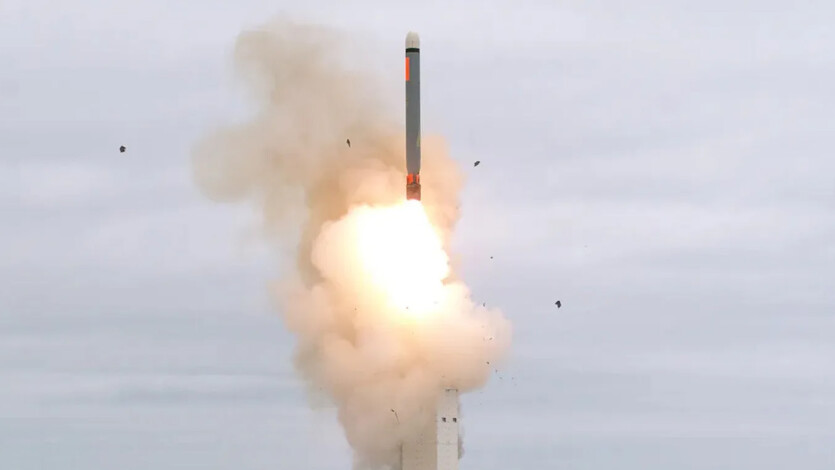
Mariana Budgerin of Harvard University spoke about Ukraine’s prospects for restoring nuclear weapons. She is the author of the book «Inheriting the Bomb: The Collapse of the USSR and the Nuclear Disarmament of Ukraine».
A heated discussion of nuclear weapons arose from President Zelenskyy’s story about a conversation with Donald Trump, in which he presented nuclear weapons as an alternative to an invitation to NATO. Subsequently, Bild, citing an anonymous Ukrainian official, reported on Ukraine’s alleged readiness to develop nuclear weapons, a claim that has since been officially denied. The researcher said «Ukrayinska Pravda» on Ukraine’s technical capabilities to create nuclear weapons since independence.
«It would seem very strange to me if Ukraine had indeed developed technologies in recent decades, somehow obtained a nuclear fuel cycle, highly enriched uranium or plutonium, which is necessary for nuclear weapons. It would be a big surprise to me,» says Mariana Budzherin.
According to Budzherin, even the huge arsenal that Ukraine lost as a result of the Budapest Memorandum was adapted for the strategic tasks of another country, i.e. the USSR. It would require significant adaptation for new goals and realities — to deter Russia, not the United States and NATO.
«The nuclear warheads themselves were designed, built, and assembled in Russia, at Russian factories and laboratories. They were simply deployed on systems and carriers in Ukraine. And only some of these carriers were produced in Ukraine itself».
At the same time, the scientist says that in Ukraine, initially, «was quite good as», with carriers, i.e. missiles, but warheads would have to be developed. Another problem was the proper maintenance and servicing of nuclear charges. The development of warheads was possible, there was a scientific and production potential — if you do it. Ukraine has uranium deposits in Zhovti Vody, but this is not all that is needed:
«The first step is to process it [uranium] into so-called yellowcake [concentrated powder]. Then there are 2 or 3 stages of uranium enrichment to create nuclear fuel. And then this enriched uranium, when it is sufficiently enriched, must be converted from gas to metal again. This requires quite large capacities, a processing plant with centrifuges that enrich uranium and produce uranium isotope 235, the military grade uranium».
Currently, Ukraine is only capable of mining and primary processing of uranium, with no specific production facilities. At one time, the possibility of building enrichment facilities for energy needs was considered, but abandoned. In the 1990s, it would have taken about $2 billion and 5-7 years to build a nuclear cycle facility. It is difficult to estimate how long the process would take now, during the war.
The researcher believes that without the ability to service warheads, they should have been disposed of, not to mention Tu-95, Tu-160 aircraft and X missiles.
«It seems to me that Ukraine would have had a real potential for some kind of deterrence and maybe even for the future nuclear deterrence if they had kept those carriers. The warheads were given away, okay. That is, Ukraine would have been a de facto non-nuclear state – this was actually nuclear disarmament».
There is another way to create a nuclear charge — plutonium. For this purpose, it would be possible to use spent nuclear fuel storage facilities, in particular in Chernobyl. Spent fuel contains a lot of plutonium, which is very small enough to make a warhead — 22 kg of highly enriched uranium versus 9 kg of plutonium. This is the path taken by Pakistan — the country had problems with uranium enrichment and eventually gave up.
Safety is important. Nuclear facilities would be targets for Russian ballistic missiles, and not all of them can be hidden underground. Ukraine would also have faced a negative reaction from the West, which would have complicated the creation of nuclear weapons. The scientist believes that non-nuclear weapons systems, in particular ballistic missiles, are an effective deterrent. «Now they are flying at us, but Ukraine could have developed its own long ago». The deployment of Western long-range ballistic missiles, such as Tomahawk, would also help. But «I don’t think it’s very likely», — says Mariana Budzherin.

Spelling error report
The following text will be sent to our editors: